Today we look at a newly launched Depin track project - AIOT, which was mentioned by a friend during a live broadcast yesterday. At that time, I briefly looked at it and thought it was a blockchain game - a pet project. Upon closer inspection today, it turns out to be a Depin project, launched in April with a token price of 0.09, now at 1.6 USD, increasing more than tenfold, currently with a market value of 130 million USD and an FDV of 1.6 billion USD. Let’s see how this project is doing.
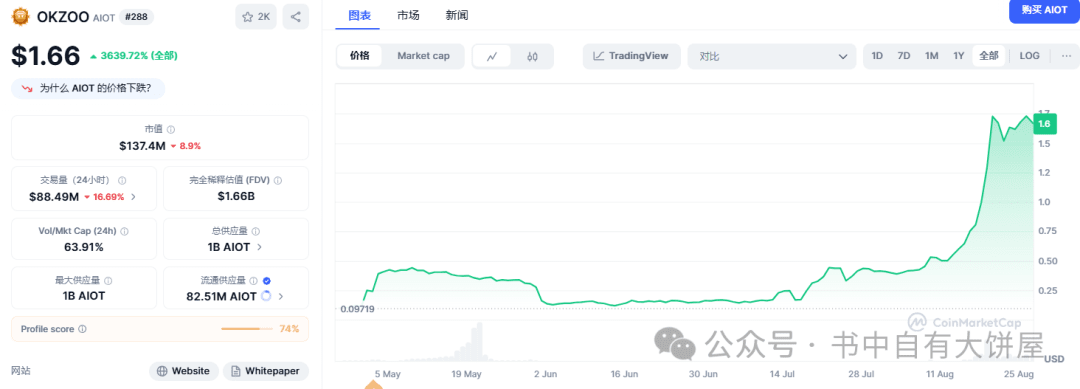
Introduction
OKZOO ($AIOT) is a decentralized AIoT (Artificial Intelligence of Things) + DePIN (Decentralized Physical Infrastructure Network) project that collects environmental data through distributed portable devices while incentivizing user participation through gamified interaction (virtual pets). It is claimed to be the world's first decentralized environmental data network at the urban and street level.
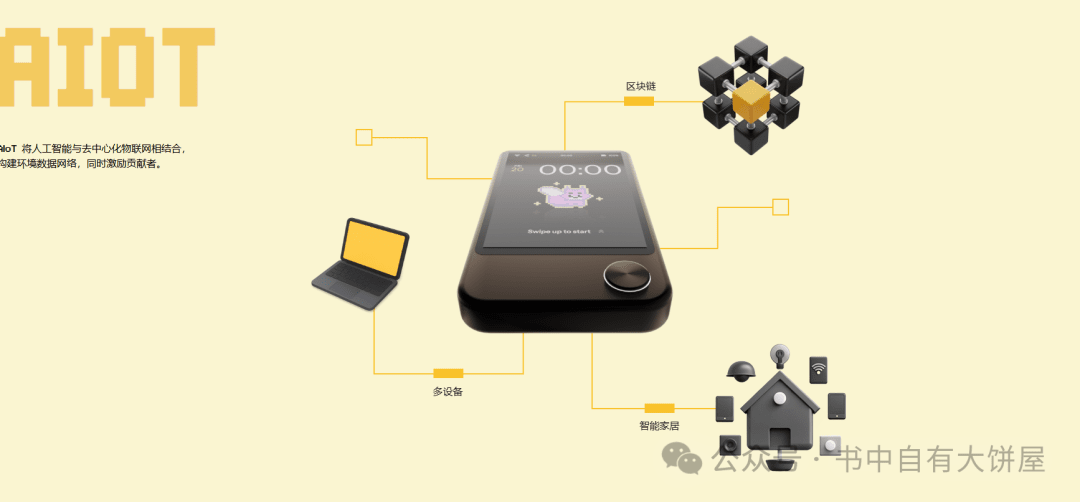
Solve Problems
Urban-scale environmental data processing faces severe challenges for two main reasons. First, centralized data collection—especially when outsourced to third-party data collectors—is almost impossible to validate because the data itself is susceptible to single-point errors. Second, observers and recipients of the data must trust the party distributing data collected from centralized third parties, which brings reliability issues to data output. When data providers want to construct data to fit their existing various environmental condition assessment frameworks rather than presenting raw data in a presentable way, the data source becomes a problem.
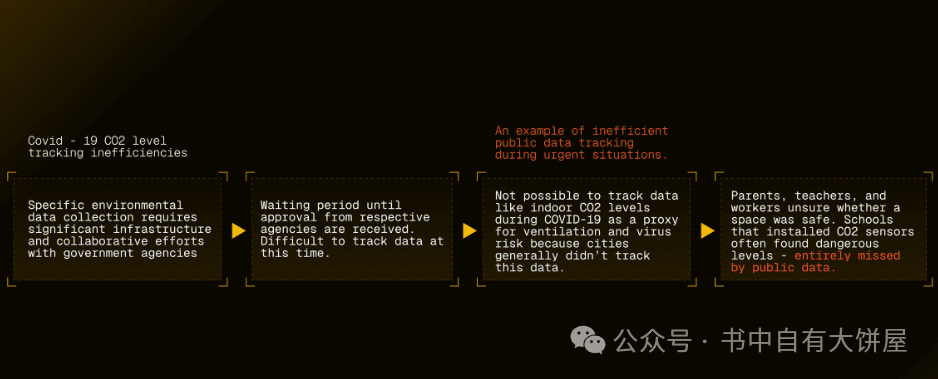
Project Advantages and Highlights
The micro-sensor node AIoT device OK-mini can detect various environmental changes or anomalies, such as air quality, noise pollution, safe zones, weather, humidity, etc., covering both outdoor and home environments. Each device is equipped with an AI pet that adjusts its behavior based on detected environmental changes, making the data collection process more engaging and interesting for users.
Simply put, the P-mini AIoT device transforms fun pet devices into intelligent, practical, decentralized sensor networks. Essentially, each device is a miniature environmental oracle.
Once collected by the device, household environment and street-level trend data will be verified by validation machines on the OKZOO network and stored on-chain, supporting a unique AI system and application, allowing users to earn money in the process.
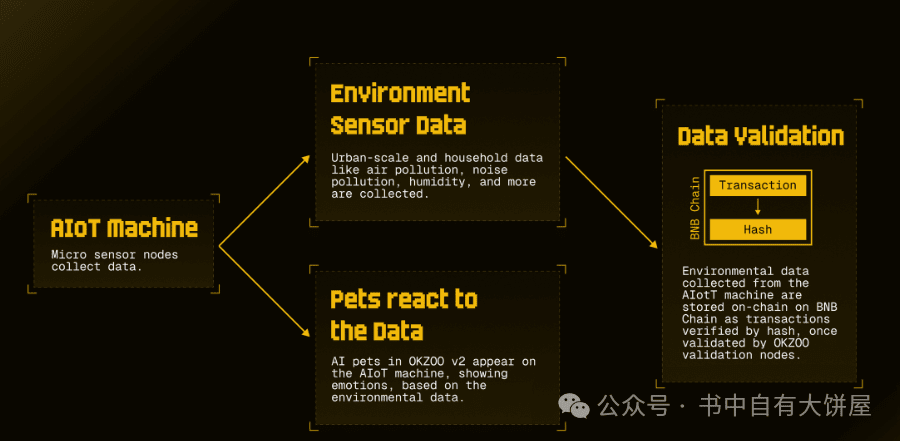
OKZOO AIoT Network Physical Machine
P-mini o1 is a portable physical device, smaller than an ordinary mobile phone, and can be carried in a pocket. The virtual pet in the OKZOO V2 AI application is displayed on the front screen of the device and adjusts its behavior based on the environmental data you collect. For example, if the humidity, noise pollution, and air quality levels are ideal, the pet appears happy, relaxed, and comfortable. However, if these indicators exceed the normal range, the pet shows discomfort, anger, mood swings, and sometimes even sadness.
The current device price is unknown, but the official website shows that 60,000 devices have been reserved.

Team and Financing Situation
The project financing situation has not been disclosed, but there is seed round financing (mostly individual investors), and on April 25, an IDO was conducted on the Binance wallet, raising 100,000 USD.
Apart from the founder, whose real name and photo and LinkedIn information have been disclosed, other team members have not been made public. The founder's information shows he previously studied at the University of Hong Kong, so he is likely Chinese. Therefore, it is a project by Chinese people, and those who understand will understand.

Token Economy
Total token supply is 1 billion, with 82 million currently in circulation, meaning 92% of the tokens are still locked.
Token distribution is as follows:
- Ecosystem Growth: 1 month of cliff growth, followed by 24 months linear release
- Seed Round: 6 months cliff period, followed by 12 months linear release
- Game Rewards: 1 month cliff period, followed by 24 months of linear release
- Team: TGE is 0%, 12 months cliff release, followed by 24 months linear release
- Strategic Incentive Reserve: 1.5% allocated within 3 months after TGE, another 1.5% allocated 6 months later
- Liquidity 2: 100% for TGE, future use
- Advisors: TGE interest rate is 0%, 12 months cliff effect, followed by 18 months linear release
- Liquidity 1: 100% released at TGE
- IDO: 100% released at TGE
- Marketing Activities: 100% at TGE

The corresponding on-chain data shows that the first address has 26.5%, which should be the ecosystem, the second 25% is the seed round, the third 19% is incentives, and so on, so this is actually quite transparent.
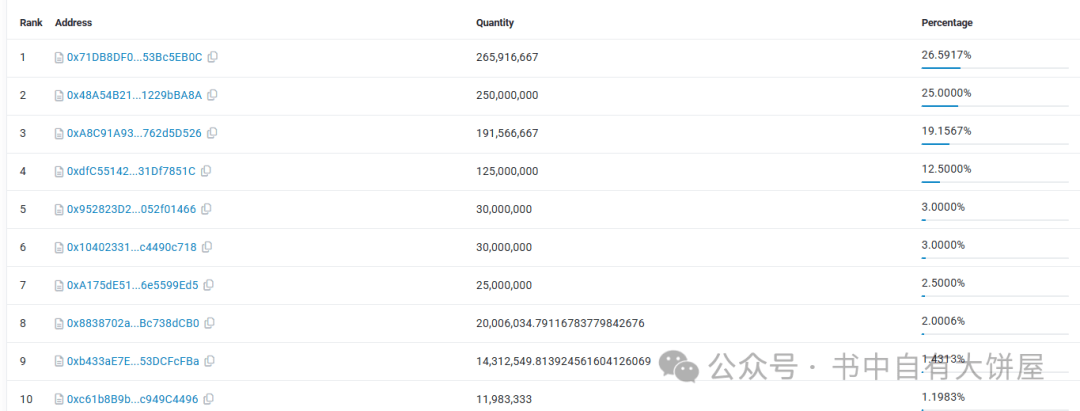
In summary, this portable environmental data monitoring has certain advantages compared to traditional fixed monitoring stations (which can cost hundreds of thousands to millions and have limited deployment). However, the legal situations in different countries vary. The EU and the US are more open, while our country may have restrictions.
Then there is the issue of monetizing the collected data, which is to whom the data is sold? How to generate collaborations on some projects? Currently, there are no cases, and the project is still in a very early stage.
In comparison with similar projects like weatherXM, which is also a home weather station project, this project came out in 2024, and it has now dropped significantly, with a remaining FDV of 9 million.
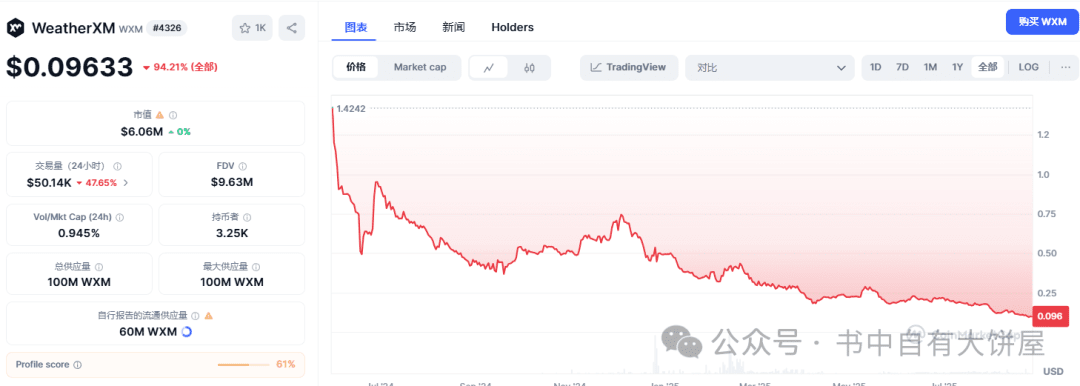
Currently, the FDV of the OKZOO project has exceeded 1 billion USD, and the token unlock period is only 2 years, so could it be the next WXM?
If we compare with the established Depin-HNT, which is a wireless network, HNT currently has an FDV of only 500 million USD, so looking at it this way, AIOT is definitely overvalued, and the scale of financing is also inadequate. Once a large number of tokens are unlocked, according to the unlocking rules, the seed round will start unlocking after 6 months, so you understand.
